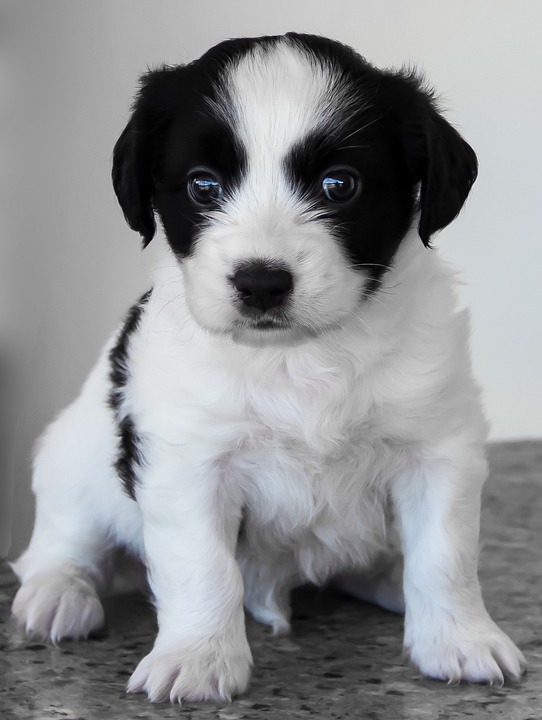Introduction:
As pet owners, it’s essential to pay close attention to our furry friends’ behavior and well-being. Dogs, just like humans, can experience anxiety, which can significantly impact their overall quality of life. Recognizing the signs of anxiety in dogs is crucial to provide proper care and seek professional help when needed. In this article, we will delve into the common signs of anxiety in dogs and provide insights into managing and alleviating their stress.
I. Understanding Canine Anxiety: What Causes It?
A. The Nature of Canine Anxiety
Anxiety in dogs is a state of heightened fear or apprehension. It can be triggered by various factors, including genetics, past trauma, lack of socialization, or changes in their environment. Understanding the nature of canine anxiety is the first step in helping our dogs overcome it.
B. Common Triggers for Anxiety in Dogs
Several common triggers can cause anxiety in dogs, such as thunderstorms, fireworks, separation from their owners, new environments, or loud noises. By identifying these triggers, we can take proactive steps to minimize their impact on our dogs’ well-being.
C. Impact of Anxiety on Dogs’ Well-being
Anxiety can have a significant impact on a dog’s overall well-being. It can lead to behavioral problems, decreased appetite, digestive issues, and even compromised immune system function. Recognizing and addressing anxiety promptly is crucial to ensure our dogs’ long-term health and happiness.
II. Recognizing Signs of Anxiety in Dogs
A. Physical Symptoms
1. Excessive panting and drooling: Dogs may exhibit excessive panting and drooling when they are anxious or stressed.
2. Trembling or shaking: Uncontrollable trembling or shaking is a common physical symptom of anxiety in dogs.
3. Restlessness and pacing: Anxious dogs may exhibit restlessness and pacing, unable to settle down or relax.
B. Behavioral Changes
1. Excessive barking or howling: Dogs with anxiety may bark or howl excessively, especially when faced with triggers or stressful situations.
2. Aggression or destructive behavior: Anxiety can cause dogs to become aggressive or exhibit destructive behavior, such as chewing furniture or digging holes.
3. Changes in appetite or weight loss: Anxiety can affect a dog’s appetite, leading to changes in their eating habits and potential weight loss.
C. Emotional Indicators
1. Avoidance or hiding: Anxious dogs may exhibit avoidance behavior or hide in an attempt to escape from stressful situations.
2. Excessive clinginess or neediness: Dogs with anxiety may become overly clingy or needy, seeking constant reassurance and attention from their owners.
3. Constant tail-tucking or cowering: An anxious dog may constantly tuck their tail between their legs or cower, indicating fear and anxiety.
III. Frequently Asked Questions (FAQs)
Q1. How can I differentiate between normal dog behavior and anxiety?
Q2. Can dogs develop anxiety later in life, even if they were never anxious before?
Q3. What are some common misconceptions about dog anxiety?
Q4. Is it possible to treat dog anxiety without medication?
Q5. How can I create a calming environment for my anxious dog?
Q6. When should I seek professional help for my dog’s anxiety?
Q7. Can anxiety in dogs be cured completely, or is it a lifelong condition?
Q8. Are there any natural remedies that can help alleviate my dog’s anxiety?
Q9. Can anxiety in dogs lead to other health issues?
Q10. How can I best support my dog during anxiety-inducing situations?
Conclusion:
By recognizing the signs of anxiety in dogs, we can take proactive steps to help our furry companions lead happier, healthier lives. Through understanding and education, we can provide the necessary care and seek professional guidance to alleviate their anxiety and create a peaceful environment for them to thrive. Remember, a well-informed dog owner is a dog’s best friend.









